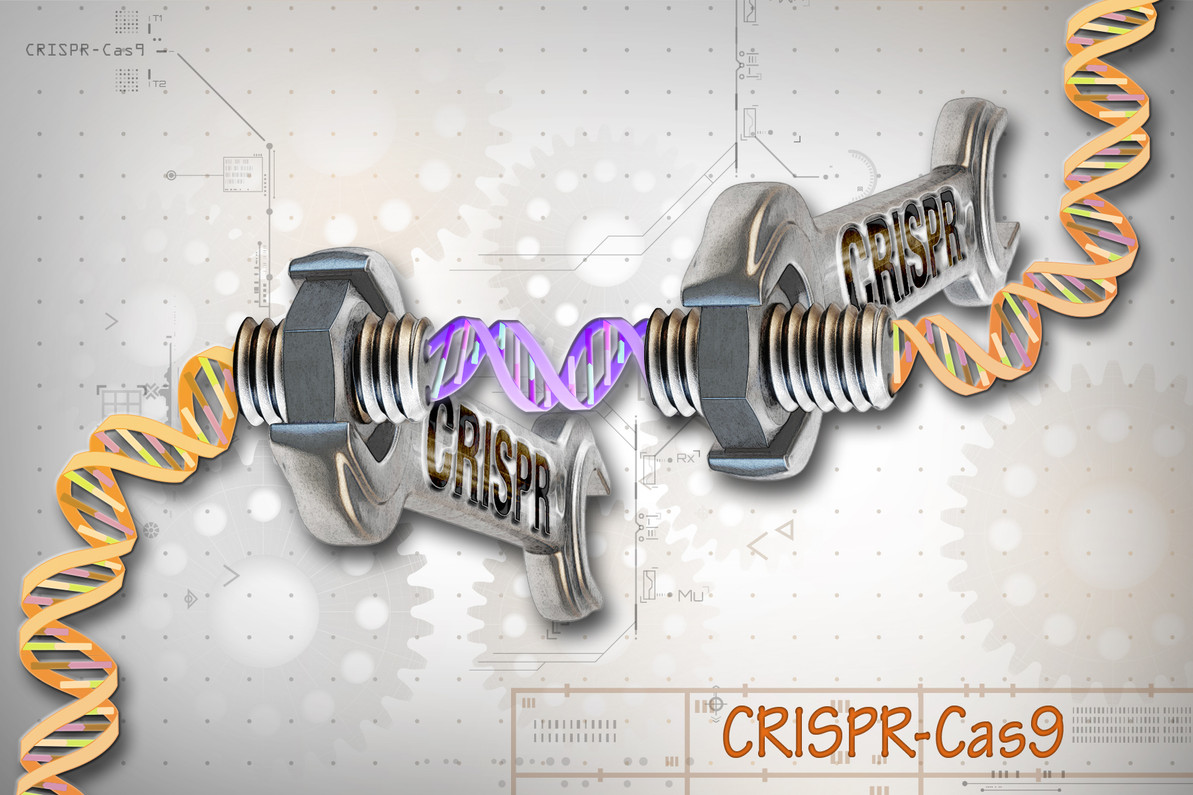CRISPR-Cas9: The Gene Editing Revolution
Introduction:
In genetic engineering, few tools have sparked as much excitement and potential as CRISPR-Cas9. This technology has revolutionized the field, offering scientists a precise and efficient means to edit the genome with unprecedented accuracy. Join us as we explore the ins and outs of CRISPR-Cas9, delving into its origins, mechanics, applications, and the ethical considerations that accompany its transformative power.
Unraveling the Origins of CRISPR-Cas9:
CRISPR-Cas9 traces its origins to a natural defense mechanism found in bacteria and archaea. Originally discovered as a peculiar sequence of repeating DNA elements interspersed with short, unique sequences known as spacers, CRISPR (Clustered Regularly Interspaced Short Palindromic Repeats) was initially puzzling to scientists. However, further research revealed its role in adaptive immunity, allowing microbial organisms to fend off viral invaders by storing genetic memories of previous infections.
The CRISPR-Cas9 Toolkit:
In CRISPR-Cas9 lies the Cas9 enzyme, a molecular scissor capable of precisely cleaving DNA at specific target sequences guided by RNA molecules. By designing a custom guide RNA complementary to a desired DNA sequence, scientists can direct Cas9 to the precise location in the genome where they wish to make edits. This simplicity and precision have made CRISPR-Cas9 a game-changer in genetic engineering, enabling a wide range of applications previously thought impossible or impractical.
Applications of CRISPR-Cas9:
The versatility of CRISPR-Cas9 extends far beyond the confines of the laboratory. From correcting genetic mutations associated with inherited diseases to engineering crops for improved resilience and yield, the potential applications of CRISPR-Cas9 are vast and varied. Researchers are exploring its use in disease modeling, drug discovery, and even in combating infectious diseases by targeting pathogen genomes. Moreover, CRISPR-Cas9 holds promise for the treatment of cancer, with ongoing clinical trials aiming to harness its precision to selectively target and destroy tumor cells.
Ethical Considerations and Challenges:
With great power comes great responsibility, and CRISPR-Cas9 is no exception. The prospect of editing the human germline raises profound ethical questions about the implications of heritable genetic modifications. Concerns regarding safety, unintended off-target effects, and the potential for misuse underscore the need for thoughtful regulation and oversight of CRISPR-Cas9 technology. Ethical deliberation and public engagement are crucial as we navigate the ethical landscape of genome editing and its societal implications.
Looking Ahead:
As CRISPR-Cas9 continues to evolve and improve, the possibilities seem boundless. From unraveling the mysteries of the genome to advancing personalized medicine and sustainable agriculture, CRISPR-Cas9 holds the key to unlocking a future where genetic diseases are conquered, and humanity's relationship with nature is redefined.
Recent Posts
-
CRISPR-Cas9: The Gene Editing Revolution
Introduction: In genetic engineering, few tools have sparked as much excitement and potentia …13th Mar 2024 -
Canine Brucella Testing
Zoetisusa MAPThe Canine brucellosis is caused by the bacterium Brucella canis. It is a zoonotic and …28th Apr 2022 -
INDICAID kits are most sold FDA approved tests
Why testing should be done with INDICAID tests?IndicaidOmicron rapidly spreaded to most American wor …17th Dec 2021






